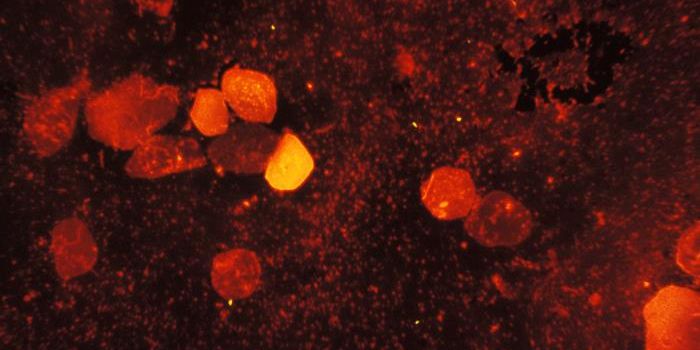6G Wireless Communication Could Get Boost from New Photonic Filter
Are we technologically ready for 6G communication? A recent study published in Photonics Research might answer that question as a team of researchers have developed a novel chip-sized microwave photonic filter that can not only remove noise from communication signals but reduce undesirable interference spanning the entire radio frequency spectrum, as well. This study holds the potential to be compatible with emerging 6G technology while cleaning up the noise interference as we live in an increasingly data-driven world.
Artist illustration of the novel photonic filter reducing noise interference while taking in data from multiple sources. (Credit: Peking University research team)
“This new microwave filter chip has the potential to improve wireless communication, such as 6G, leading to faster internet connections, better overall communication experiences and lower costs and energy consumption for wireless communication systems,” said Dr. Xingjun Wang, who is an associate professor in the Photonic Chip and Information Systems Innovation Center at Peking University, and a co-author on the study. “These advancements would directly and indirectly affect daily life, improving overall quality of life and enabling new experiences in various domains, such as mobility, smart homes and public spaces.”
For the study, the researchers demonstrate how their novel filter pushes the boundaries of traditional electronic devices while requiring less energy usage. The new filter’s promise to be compatible with 6G technology is due to its ability to operate across the entire radio frequency spectrum, as well.
With the emerging 6G technology comes the challenge of sending signals over a very large frequency spectrum but also an increased data rate, as well. However, such a large distribution of data poses the issue of noise interference, which this novel filter hopes to significantly reduce.
“The greatest innovation here is breaking the barriers between devices and achieving mutual collaboration between them,” said Dr. Wang. “The collaborative operation of the double-ring and microring enables the realization of the intensity-consistent single-stage-adjustable cascaded-microring (ICSSA-CM) architecture. Owing to the high reconfigurability of the proposed ICSSA-CM, no extra radio frequency device is needed for the construction of various filtering functions, which simplifies the whole system composition.”
After an exhaustive number of tests, the study’s findings demonstrate this filter can exhibit high performance with minimal energy consumption. Going forward, the researchers aim to improve upon this device by continuing to enhance its performance while reducing noise interference and energy consumption, as well.
How will this device help 6G communication, and how will 6G change the communication industry in the coming years and decades? Only time will tell, and this is why we science!
Sources: Photonics Research, Optica
As always, keep doing science & keep looking up!









